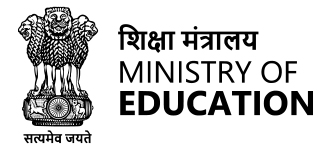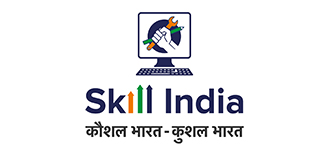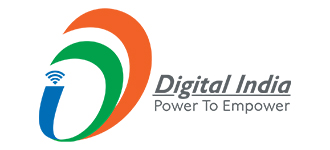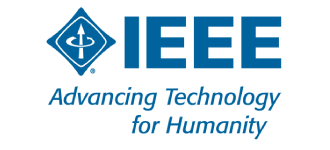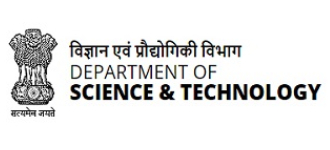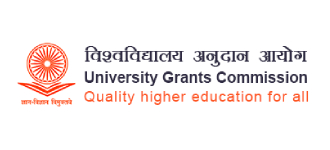| Start Date: | 2020-07-20 | Course Code: | EC201 | L-T-P-C: | 300 |
|---|---|---|---|---|---|
| Course Name: | Electronic Devices | Semester: | 3rd | Course Faculty: | (Mrs.) Brinda Bhowmick (Shome) |
Course Plan
Lecture Plan of Electronic Devices (EC201)
3rd Sem BTech, ECE
Pre-requisite: Physics
Session : July-Dec 2020
National Institute of Technology Silchar
|
Course Outcomes (COs) |
Topics |
Lectures |
|
CO1, CO2 |
Review of semiconductor Physics: Solids, crystals, energy band, electrons, holes, effective mass, doping, (Bijit) Fermi level, Equilibrium carrier concentration, Direct and indirect semiconductors, Recombination and Generation of carriers, Carrier transport – Drift and Diffusion, mobility, Lifetime Equations of state – Continuity and Poisson equation.Brinda Bhowmick
|
Lectures 1-10 |
|
CO2, CO3 |
p-n Junctions: Thermal equilibrium conditions, depletion regions, depletion capacitance, current –voltage characteristics, charge storage and transient behavior, junction breakdown (Bijit)
|
Lectures 11-15 |
|
CO3, CO4 |
Metal-Semiconductor contacts: The Schottky barrier, the ohmic contact and rectifying contacts
|
Lectures 16,17 |
|
CO3, CC4 |
Metal-Insulator-Semiconductor Capacitors: Introduction, Ideal MIS Capacitor, Silicon MOS capacitor, capacitance voltage characteristics of MOS structure
|
Lectures 18-22 |
|
CO3, CO4 |
MOSFET: Introduction, MOSFET structure and basic characteristics, Device Scaling and Short –Channel Effects
|
Lectures 23-28: |
|
CO4, CO5 |
Bipolar Junction Transistor: The transistor action, static characteristics of BJT, frequency response and switching of BJT, the heterojunction BJT.
|
Lectures 29-33 |
|
CO5 |
Other devices: LEDs, Solar cells, Solid State Memories.
|
Lectures 34-40 |
Course Content
Review of semiconductor Physics: Solids, crystals, energy band, electrons, holes, effective mass, doping, (Bijit)
Fermi level, Equilibrium carrier concentration, Direct and indirect semiconductors, Recombination and Generation of carriers,
Carrier transport – Drift and Diffusion, mobility, Lifetime Equations of state – Continuity and Poisson equation.Brinda Bhowmick
p-n Junctions: Thermal equilibrium conditions, depletion regions, depletion capacitance, current –voltage characteristics, charge storage and transient behavior, junction breakdown
Metal-Semiconductor contacts: The Schottky barrier, the ohmic contact and rectifying contacts Metal-Insulator-Semiconductor Capacitors: Introduction, Ideal MIS Capacitor, Silicon MOS capacitor, capacitance voltage characteristics of MOS structure( Brinda)
MOSFET: Introduction, MOSFET structure and basic characteristics, Device Scaling and Short –Channel Effects (Brinda)
Bipolar Junction Transistor: The transistor action, static characteristics of BJT, frequency response and switching of BJT, the heterojunction BJT.( Brinda)
Other devices: LEDs, Solar cells, Solid State Memories. ( Bijit)
Text / Reference Books
1. Semiconductor Physics and Devices, Donald A Neamen, McGraw-Hill Education
2. Solid State Elect ronics Devices, St reetman and Banerjee, PHI
3. Introduction to Semiconductor Materials and Devices, M. S. Tyagi, Wiley India Pvt Ltd
4. Physics of Semiconductor Devices, S. M. Sze and K. K. Ng, John Wiley & Sons
Course outcome of the subject are:
Graduates will be able to:
CO1: Apply the fundamental knowledge in crystal lattice structure of semiconductor device
CO2:Apply the concepts of drift, diffusion, fermilevel, energy density in PN junction devices
CO3:Determine the physical significance of current conduction in Diode, MOSFET, BJT
CO4: Analyse the band engineering in homo and hetero junction device.
CO5: Demonstrate the static characteristics, frequency response, switching and capacitance voltage characteristics of BJT and MOSFET
The evaluation procedure:
- Sessional (20 marks): Quiz , class test, Assignment, seminar, Minor Test (10 marks)
- Midsem: 30 marks
- End Sem : 50 marks
Mapping of CO with PO:
|
|
PO1 |
PO2 |
PO3 |
PO4 |
PO5 |
PO6 |
PO7 |
PO8 |
PO9 |
PO10 |
PO11 |
PO12 |
|
CO1 |
* |
* |
* |
* |
* |
* |
* |
* |
|
|
|
|
|
CO2 |
* |
* |
* |
* |
* |
* |
* |
* |
* |
* |
* |
|
|
CO3 |
* |
* |
* |
* |
* |
* |
* |
* |
* |
* |
* |
|
|
CO4 |
* |
* |
* |
* |
* |
* |
* |
* |
* |
* |
* |
|
|
CO5 |
* |
|
|
|
|
|
|
|
* |
* |
* |
* |
Class Notes & PPTs
- - PPT

